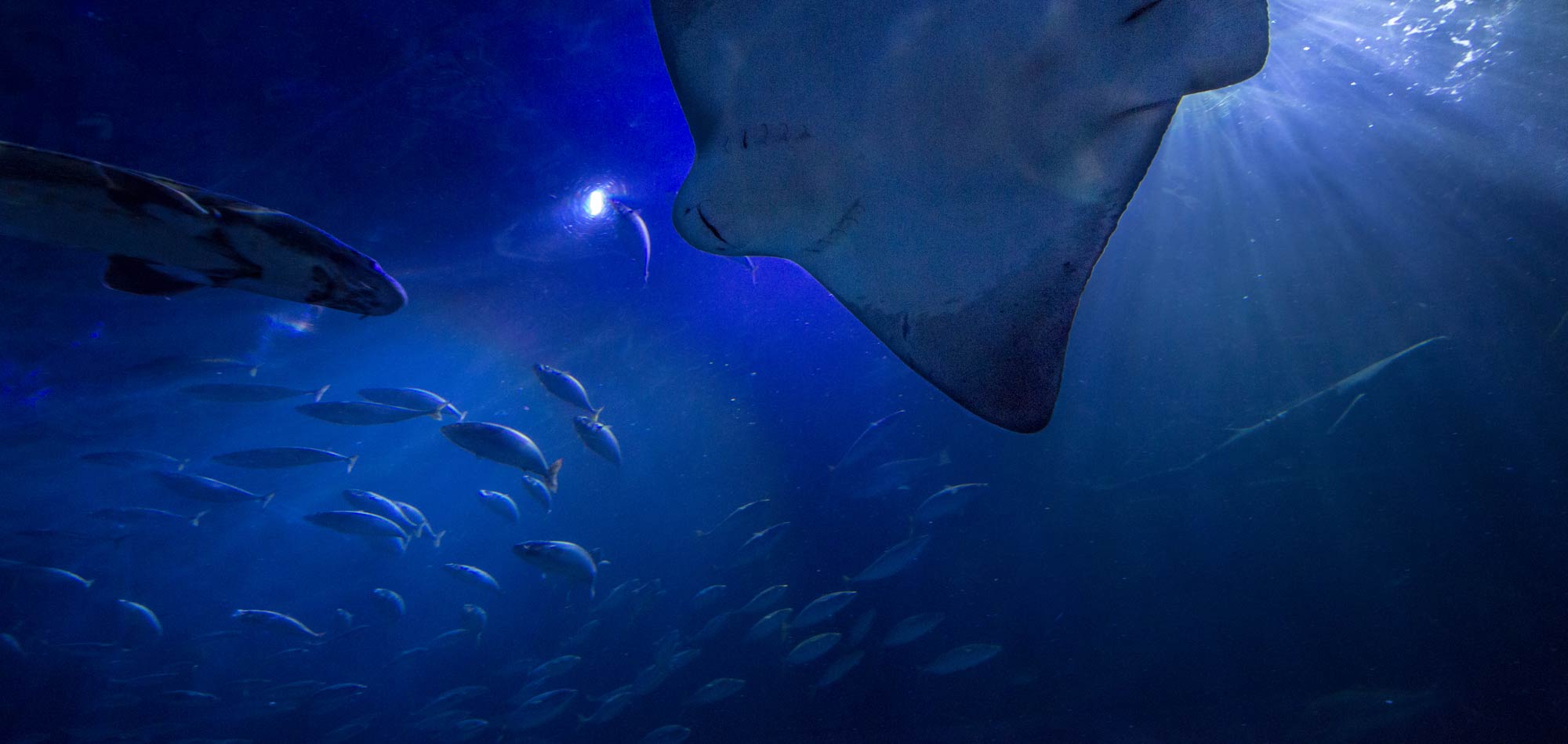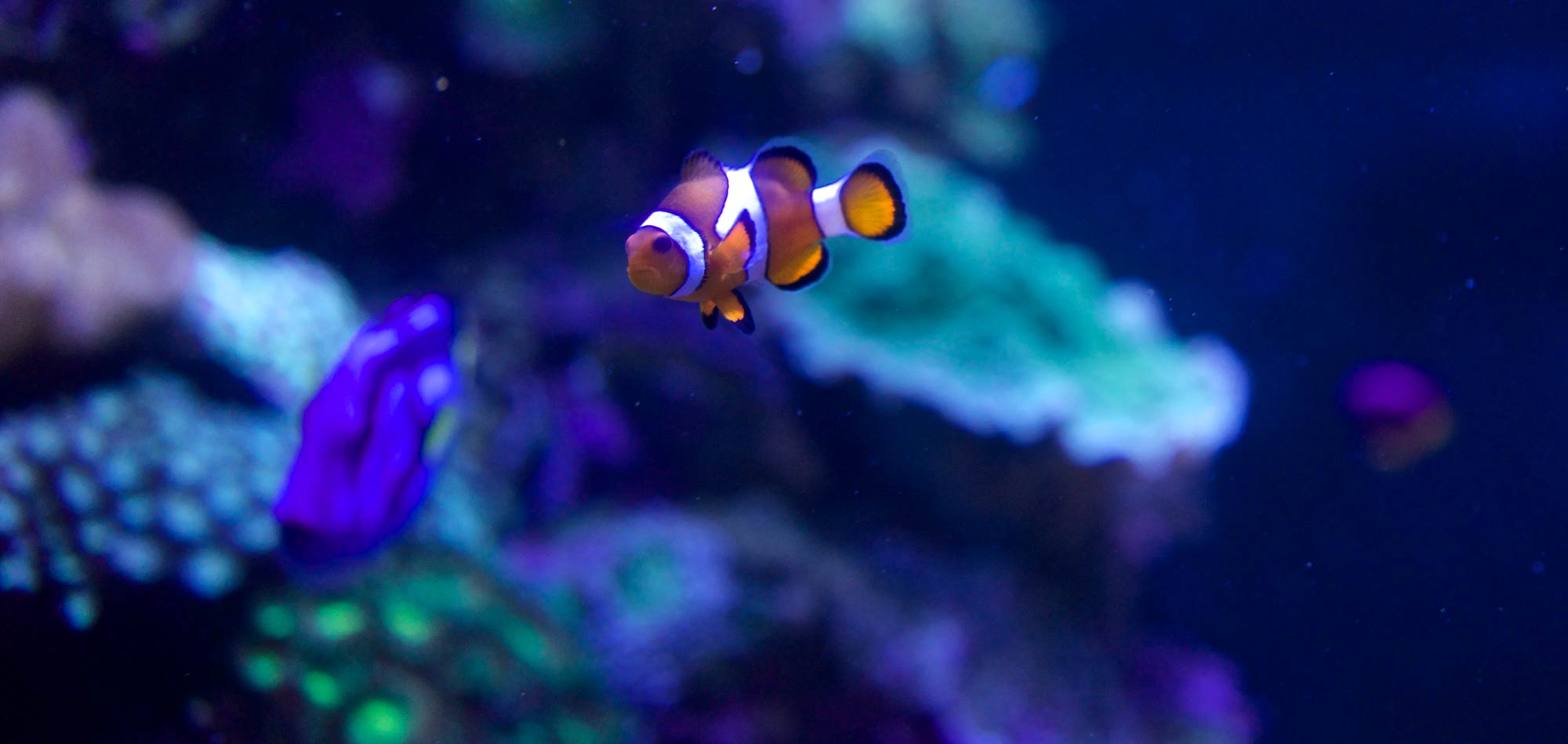Rivers & Delta: Watershed Health
Restoring a Healthy Ecosystem
The Rivers and Delta Program works to secure the flows, habitats, and water quality that provide the ecosystem services necessary to support diverse native fish and wildlife populations in the long term. Of particular concern is the reduction of freshwater flows which drive habitat conditions throughout the Bay estuary – less than 50% of the natural runoff in the watershed now reaches the Bay on average, and much less in some years. Working with a broad coalition of conservation, fishing, and regional interests, we lead the intensive, long-term scientific and policy effort to win new Bay-Delta water quality standards that require sufficient flows for ecosystem restoration, providing expert testimony, briefing materials, and technical documentation to legislators, regulatory boards, agency managers, and other decision-makers. We also work to change water project operations that prevent restoration of the Bay ecosystem, and oppose new water projects that would reduce Bay flows even further, such as the proposed twin Delta tunnels and expensive, environmentally harmful new dams.
![]()
Reconnecting Rivers to the Bay
A core principle of the Bay Institute is that the Bay estuary must be protected from the Sierra to the Sea. Conditions in the rivers and streams are as critical to securing the health of the estuary as a whole, as conditions move downstream, from the mountains to the Bay. This is why work to restore flows and remove barriers to fish migration on the major rivers of the Central Valley watershed is instrumental. Under the historic San Joaquin River Restoration Settlement, Chinook salmon and the flows they need are being restored to the second largest river in the state, where 60 miles have run dry in most years for the last half century. We also work to secure agreements and improve regulations to improve streamflows on other rivers, from the Tuolumne, source of the water in San Francisco, in the south to the Sacramento in the north.
![]()
Preventing Agricultural Water Pollution
Besides relying on unsustainable diversions, irrigated agriculture is also the largest source of pollutants in the watershed. This is especially a problem on the West side of the San Joaquin Valley, where the largest irrigation district in the country and other water users import huge amounts of Delta water, harming aquatic species and their habitats in the process. This diverted water is then applied to drainage problem areas with high levels of selenium and other toxic trace elements in the soils, which then drain to waterbodies where fish and waterbirds are at risk of birth defects or death. We successfully fought to shut down contaminated drainage ponds, stopped the proposed Master Drain to dump drainwater in the Bay, and negotiated the first ever agreement to reduce contaminated drainage discharges to the San Joaquin River to zero. Now, the Rivers & Delta program works to promote the 4 Rs approach, Retire the worst areas from irrigation, Reduce drainage volume, Reuse residual drainage, and Reclaim salts at the end of the waste stream, as the basis for a permanent, environmentally sound solution to the drainage problem.
![]()
Measuring the Health of the Ecosystem
Unlike other world-class natural areas, there was no measure of the health of the San Francisco Bay and its watershed until the first published Bay Index, the first comprehensive assessment of the health of the estuary, in 2003. Now our approach has been adopted by the San Francisco Estuary Partnership, created by the State of California and the U.S. Environmental Protection Agency, which presents a State of the Estuary Report every five years with help from Bay Institute scientists.









